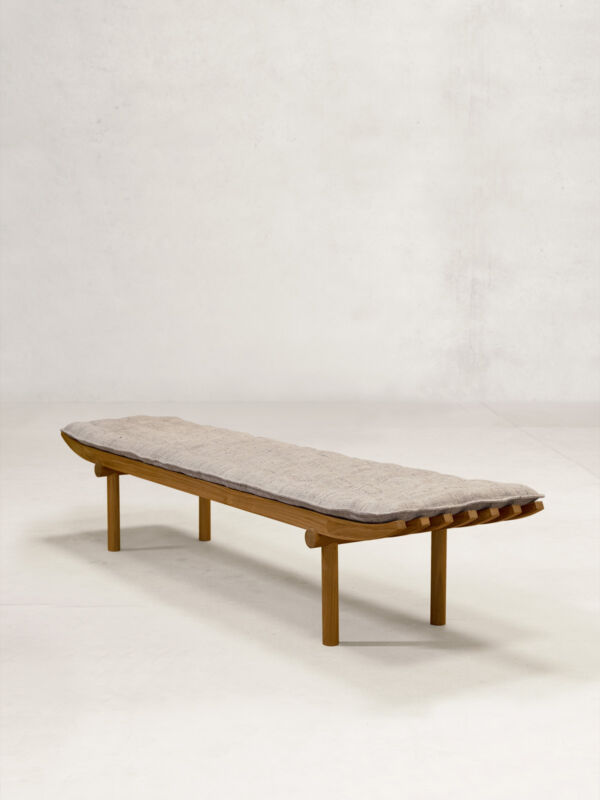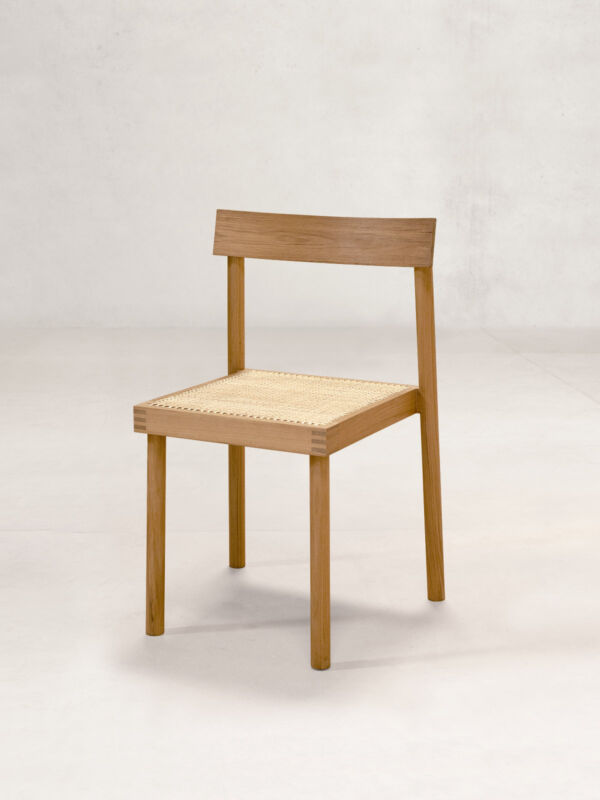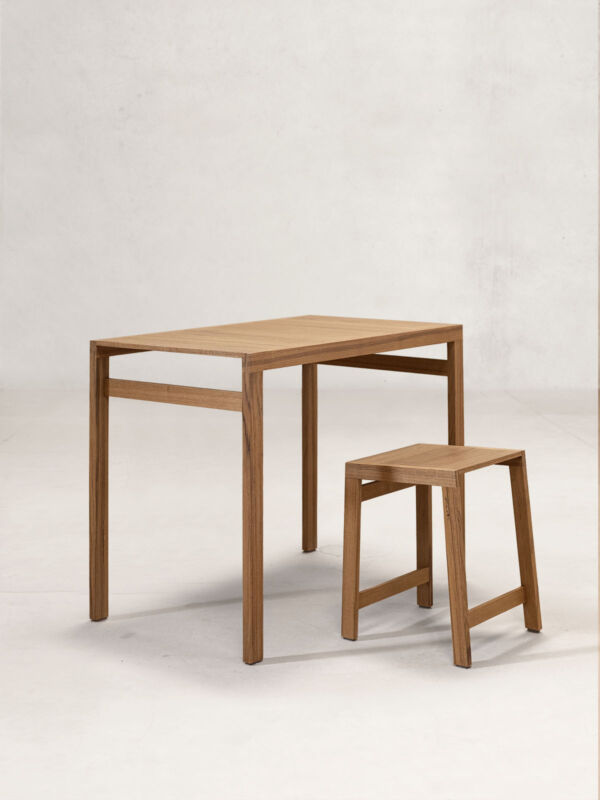The Nandi Collection: A View Through the Maker’s Looking Glass
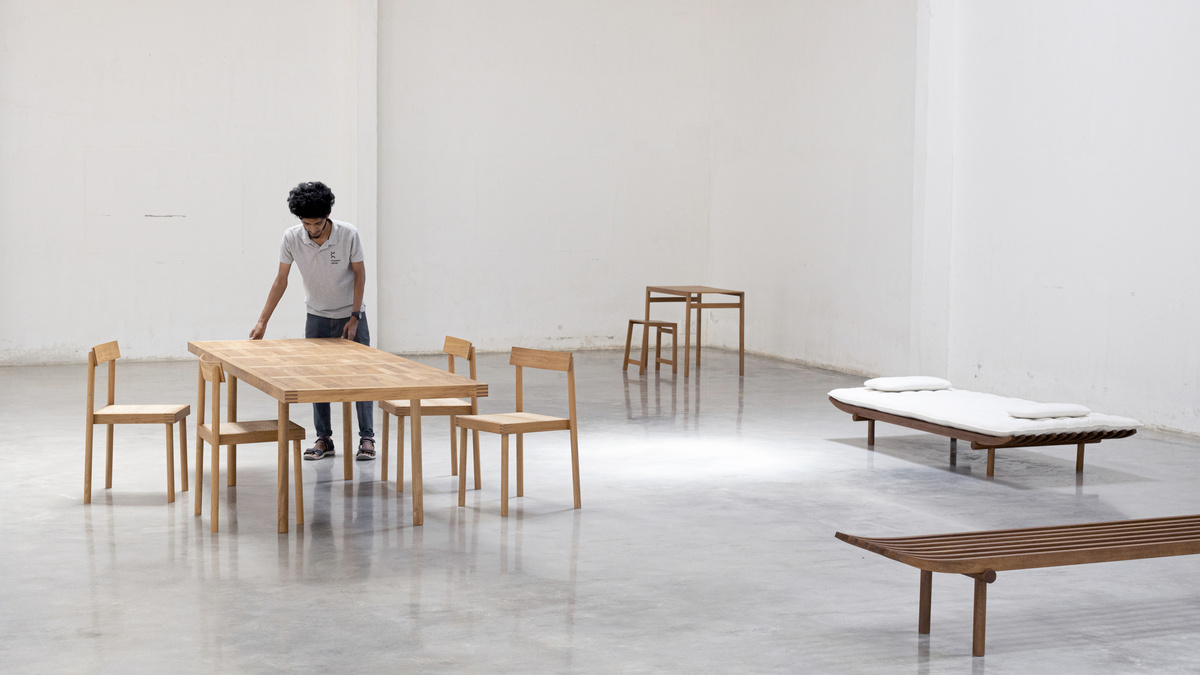
The Nandi Collection, designed by Klemens Grund for Phantom Hands.
Parni Ray
28.06.2023
Designer Klemens Grund believes that furniture anchors us to the world and shapes our daily lives. It creates a feeling of home and provides us with the tools to make new routines. The Nandi Collection designed by him consists of five such solid anchors. He speaks to Parni Ray about how this collection came together and discusses the ideas fueling each piece
I was at work when Phantom Hands got in touch with me via email. Their co-founder, Aparna Rao, had seen some of my work at a concept shop in Basel, their message said. Initially, I thought I would leave them unread. Like most makers online, my inboxes are flooded with DMs from potential ‘collaborators’ and experience teaches you not to take them seriously.
Still, almost on a whim, I visited Phantom Hands’ website and found that they make re-editions of Pierre Jeanneret’s furniture from Chandigarh. I was familiar with the collection and was intrigued. So I invited Deepak and Aparna, who happened to be in Zurich at the time, to come visit me at my workplace in St. Gallen, Switzerland. We clicked almost immediately.

Over the course of the day we discussed a few ideas about what we could do together. Phantom Hands had a wish list of items they wanted to add to their repertoire, which I appreciated. When preparing for a project I prefer having some direction rather than starting from absolute scratch. I am like an oyster; to make a pearl I need my grain of sand. And input from people I am working with is always sand to me.
Then came my notebooks. I have a series of these where I collect not designs but memories of techniques and ways of making through the year. I often turn to them to solve design problems or for inspiration. Now I scanned them for things that would suit Phantom Hands in terms of aesthetics and production requirements. I wanted to find elements they would like and complement what they are good at. You could say this is an approach I picked up while working with architect Peter Zumthor. He always said ‘find out what a craftsman likes to do, what they are good at. That is always a good place to start a partnership.’
"Find out what a craftsman likes to do, what they are good at. That is always a good place to start a partnership."
- Peter Zumthor
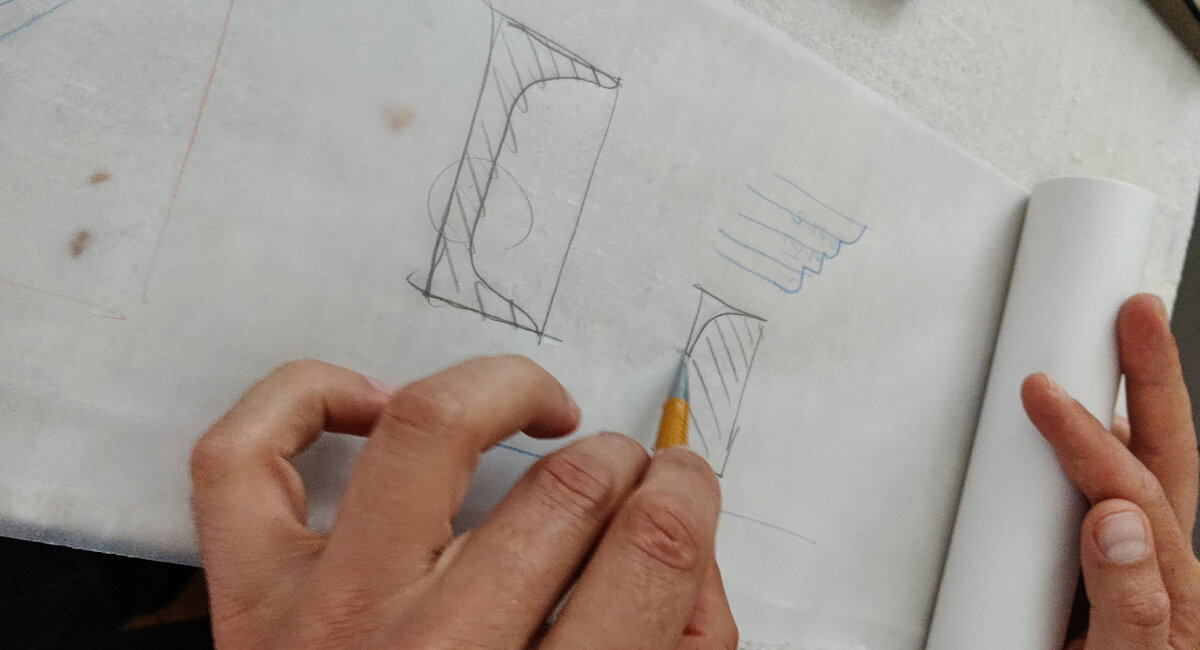
Sharing a design idea with a producer is always nerve-racking. A million questions race through your head as you figure out how to go about it. Is the design contemporary enough? Will the producers get it? Will they think people will get it? Will it be easy to manufacture? In German, we have a word for such situations – 'Eiertanz' or an egg dance, just dancing around an egg without stepping on it or breaking it. The chat with Phantom Hands about my plans was thankfully not as tricky. We agreed on five pieces of furniture, some connected to the other, and a few lamps.
They invited me to Bangalore to work out the prototypes at the workshop. While there, I caught the Coronavirus and spent about a week in isolation. But I’d say I got quite a bit done during that alone time. I kept making drawings and sending them to the workshop and got a conversation going with the technicians there. I used tape to make life-size diagrams on the walls to work out proportions. A good deal of our initial ideas evolved during this time.
I am happy with how the collection has shaped up. It currently consists of a study table with a stool, a six-seater dining table with stackable chairs, a day bed with a contemporary Indian mattress, and a bench.
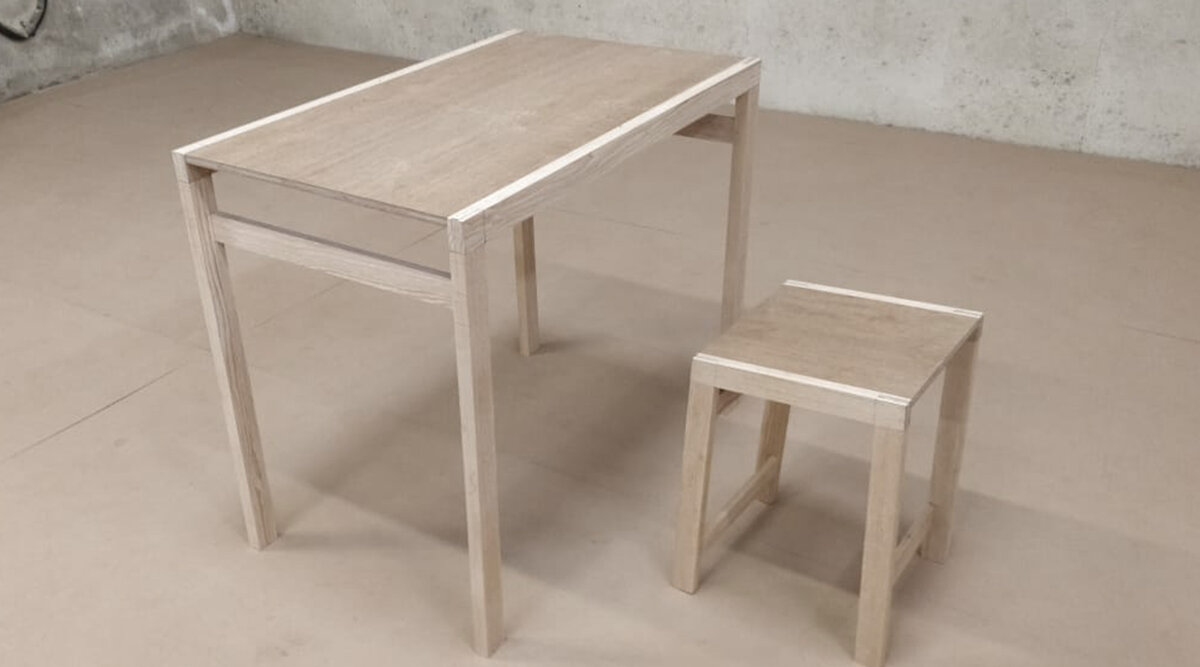
Nandi Study Table & Stool – I think a work desk is a fairly romantic idea. In contrast with the present day fascination with the randomness of working from anywhere, a desk suggests the distinction of your specific work spot and the simple dignity of routine. A lot of us have realised the importance and joy of such routines in the course of the pandemic. The idea for this desk was probably a fruit of that moment. It comes with a stool and takes very little space. You will likely put it somewhere you have been waiting for it.
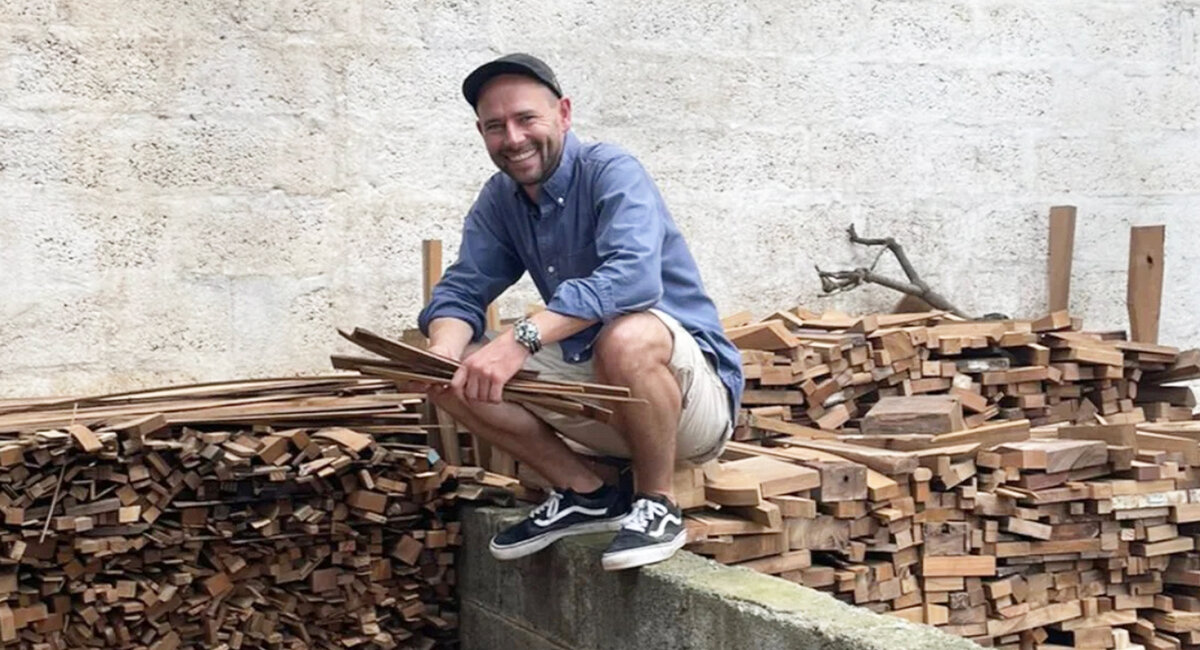
Nandi Dining Table – For this table we decided to work with the waste wood they collect at the Phantom Hands workshop. Some of the first things I made on my own were with wood castaways at the workshop I apprenticed at, so this was not new to me. Unlike then, this time I wanted to make something substantial. So, we decided on a big dining table top.
I enjoy big tables, they are the stage for everyday life. This one is fairly simple, a classic that will last for long. Solid wood can be hard to maintain because it is a living material and can shrink and grow with changes in temperature and humidity. However, there is no such unpredictability here because the top is constructed of individual wood fragments pieced together. The fragments give the table top a nice graphic texture, unique to each table.
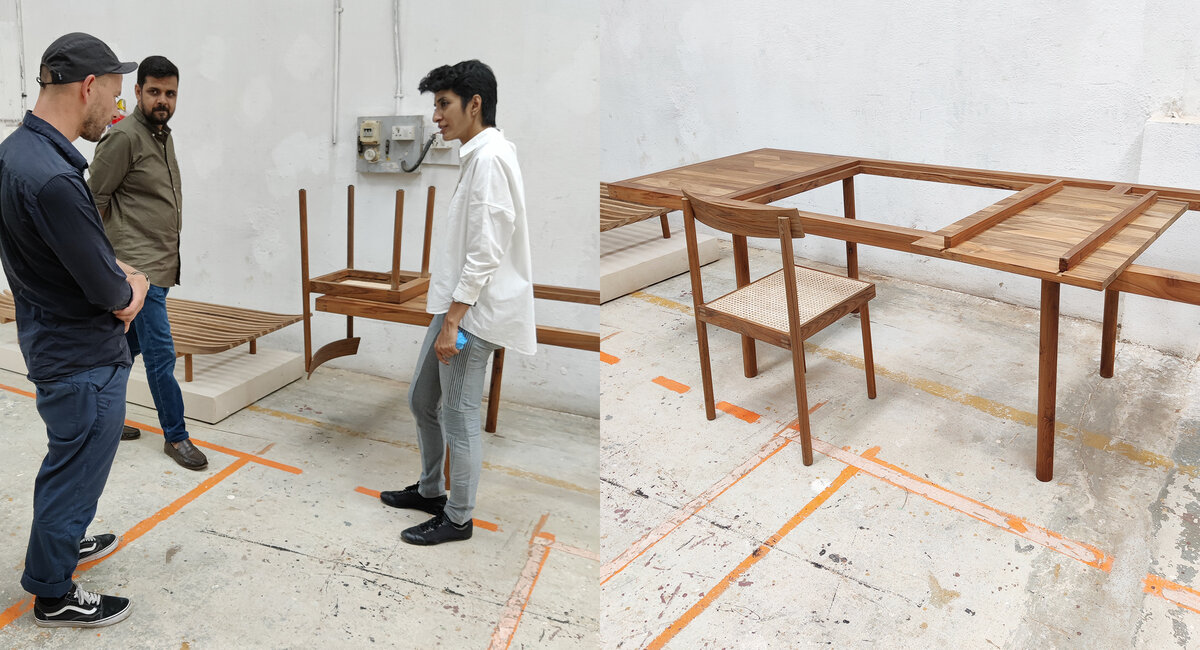
The top is also divided in three detachable parts which fit into a frame with slots. The legs are also screwed onto the frame. This makes the table easy to set-up and dismantle. It also allows it to be packed flat, making transportation easy.
The Nandi Dining Table comes with its own set of simply-constructed, lightweight, stackable chairs with cane seating which can be optionally purchased. Although it typically seats six, the table can comfortably accommodate up to eight people.
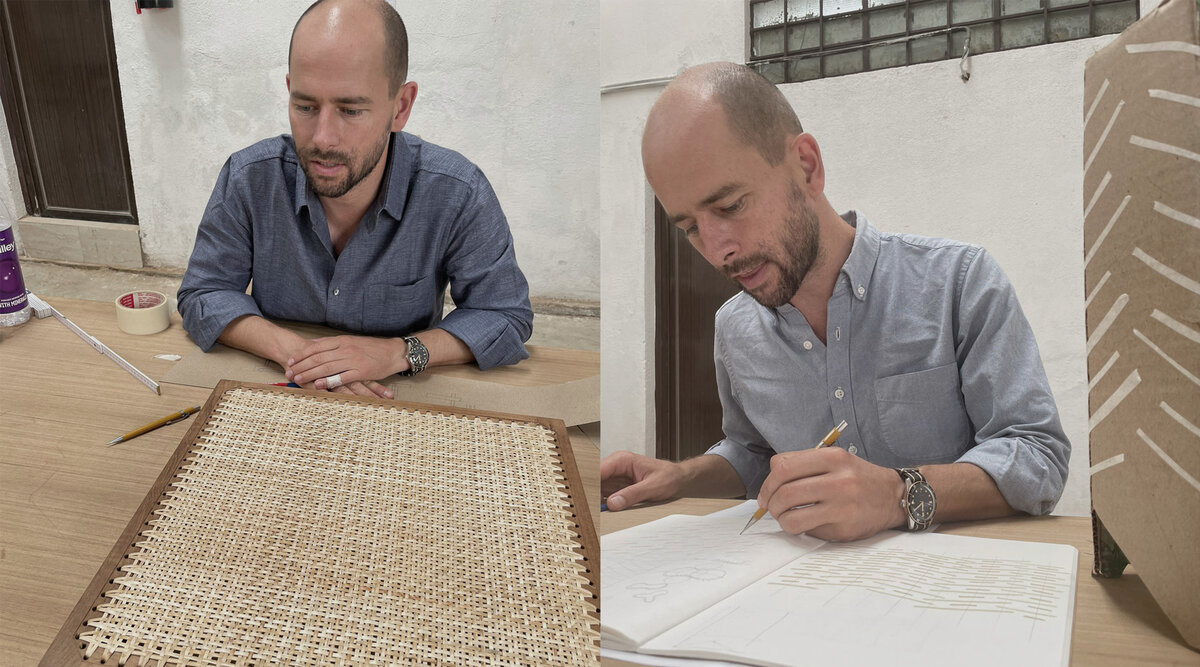
Nandi Day Bed and Nandi Bench – The day bed is the daughter of the sofa (Grund had initially conceptualised a ‘Basket Sofa’ with a bent wood frame. The Nandi Day Bed evolved from this idea.) It is inviting and comfortable enough for a nap but falls just short of allowing you to sink in deep and disappear, like in a bed. It is also much less intimate. All of these considerations went into our plans for this piece. To make it look distinctive, I used a special technique to bend the wood with simple tools. This saves us material and offers a singular, decorative look. The day bed’s final curved form is reminiscent of the basket sofa, which is what we initially set out to make.

I wanted the mattress to be made of a natural material and feel like there were several layers of fabric - soft, but also hard and heavy. So we went with a traditional Indian mattress, made with cotton wool. This adds to the bed’s casual, cosy feel.

I started working with wood fairly young and have almost always made my own furniture. I think furniture can manifest the life you aspire for and create a feeling of home. It can animate the corners of your room and provide you the tools to make new routines. It’s the invisible strings that often tie you to your world. I think this collection offers some solid anchors to keep you rooted.
